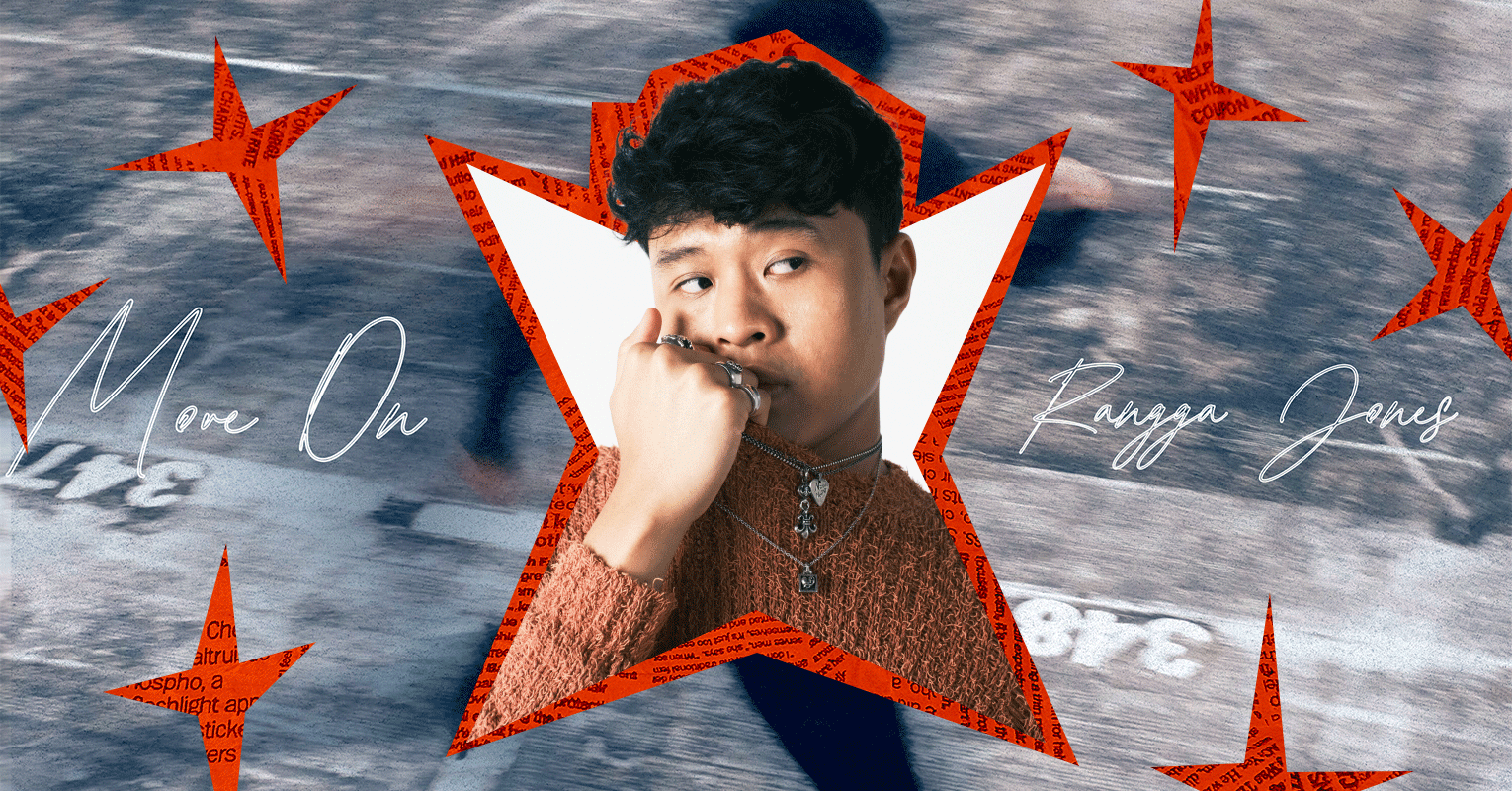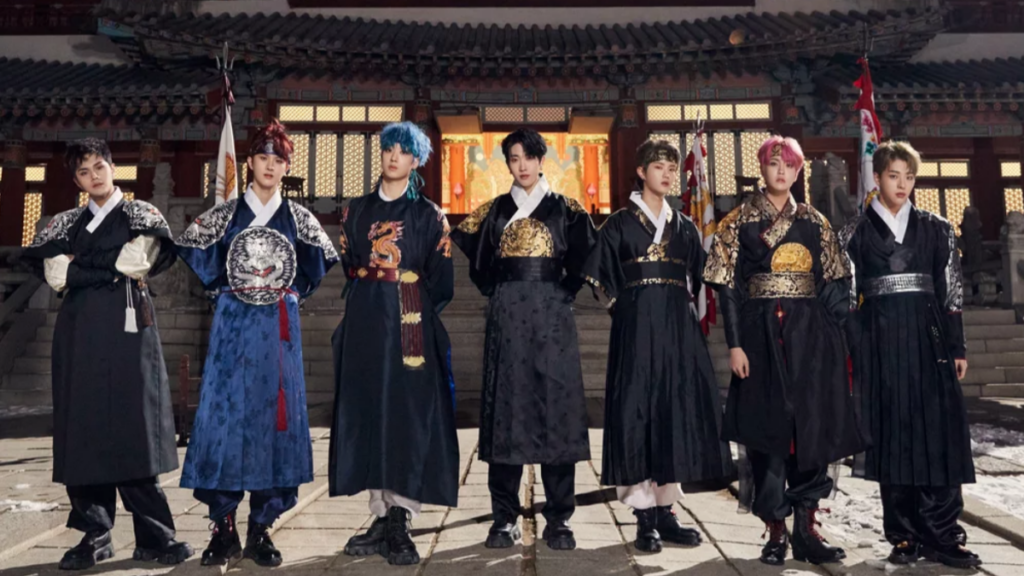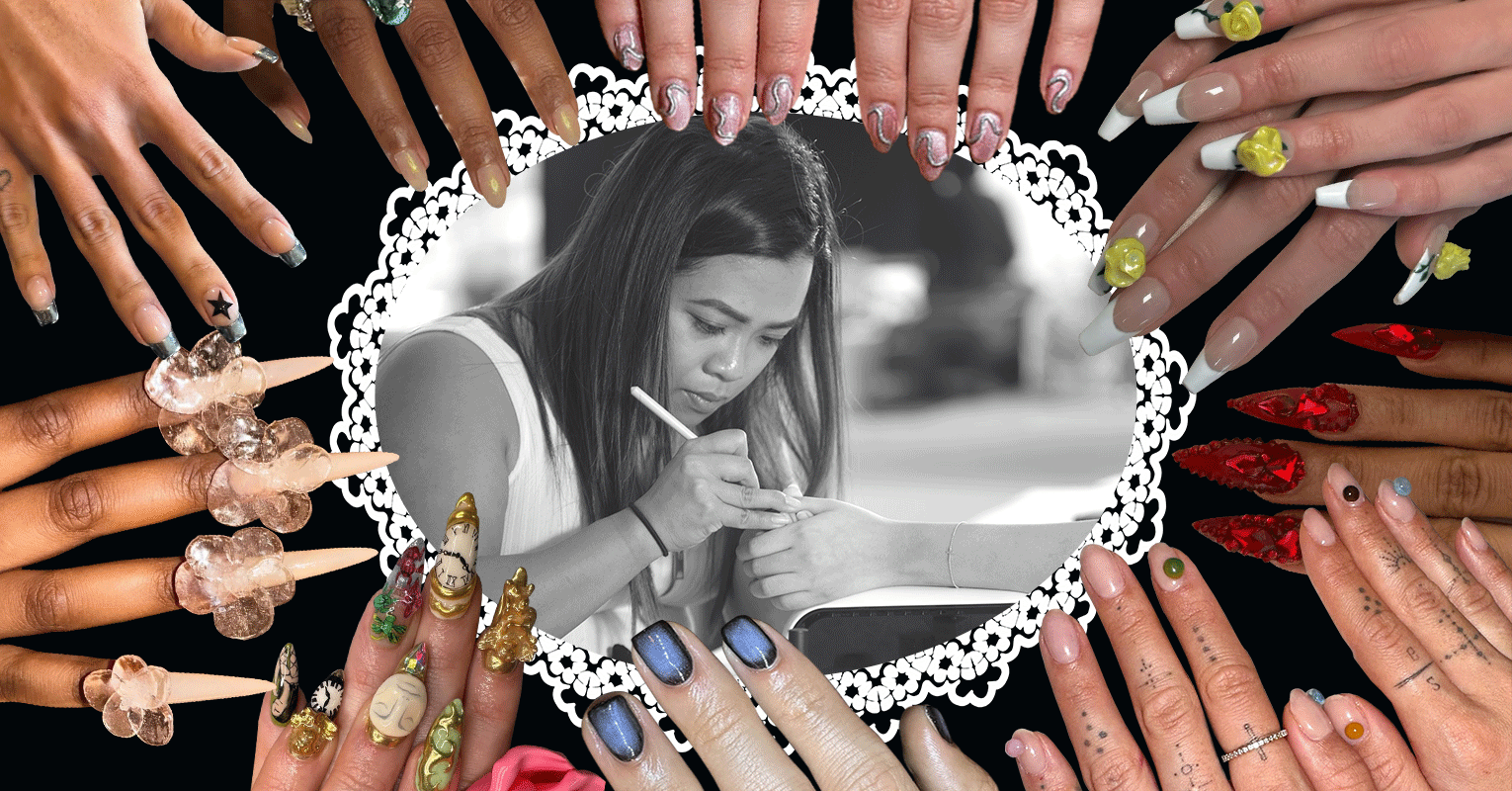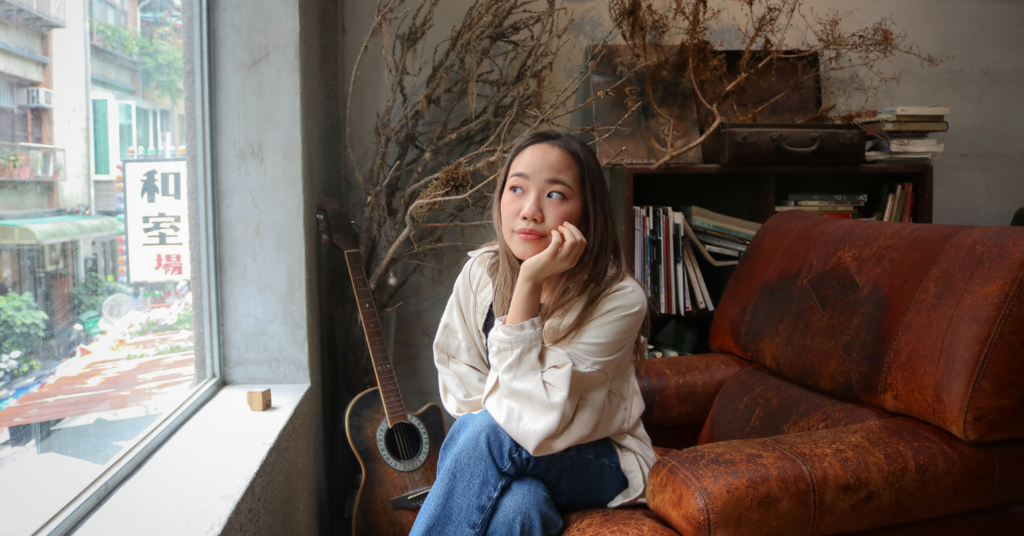Tailored For You: 5 Met Gala Looks with Serious Cultural Influence
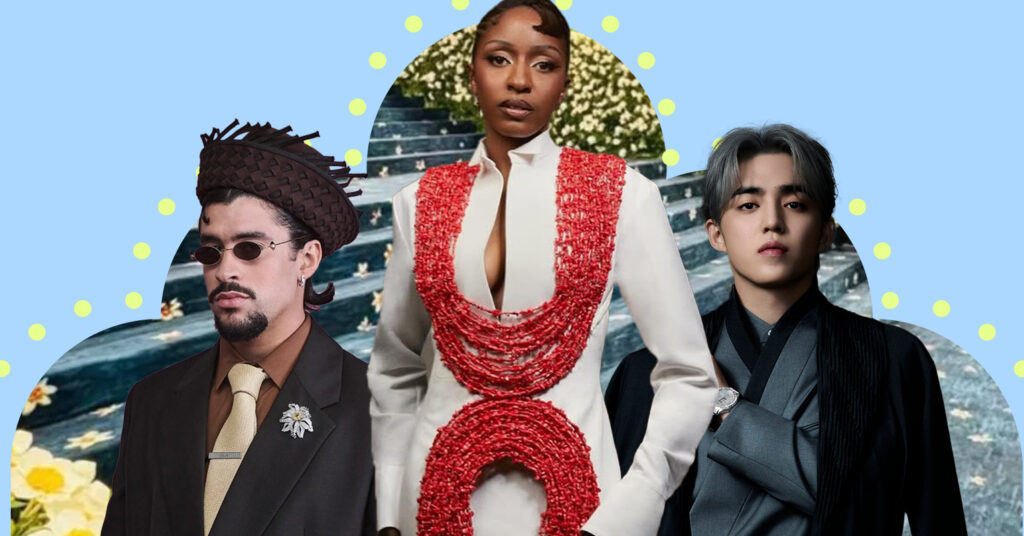
Every year, The Costume Institute’s exhibit theme is often talked about as if it’s interchangeable with the Met Gala’s red carpet’s dress code. This year, their annual exhibit is titled Superfine: Tailoring Black Style, a holistic exploration of Black style since the 18th century through the lens of dandyism. But the dress code for the Gala was actually “Tailored For You,” in tribute to the exhibit’s focus on menswear and tailoring.
There’s a lot of different ways to interpret tailoring: from expert sewing and construction or something entirely custom-made. Below, EnVi dives into some of the Met Gala’s looks that leaned into the custom aspect of tailoring, combining specific cultural influences of the wearer with the aesthetics, attitude, or ethos of dandyism. These aren’t necessarily the most “on-theme,” but they are some of our favorite interpretations specifically for their personalized touch.
Bad Bunny
Puerto Rican musician Bad Bunny paid homage to his homeland of Puerto Rico in his look with Prada, featuring a custom woven pava hat. Made out of palm leaves, the pava is also a symbol synonymous with the notion of traditional Puerto Rican culture. It is a practical piece typically worn by jibaro: agricultural workers from Puerto Rico’s countryside. Bad Bunny himself hails from the more rural city Vega Baja, further away from the city center of San Juan that birthed other superstars like Ricky Martin and Luis Fonsi.
Central to this year’s theme, Black dandyism originated as a way to challenge racial and class biases. Here, Bad Bunny’s elevation of a symbol of working-class Puerto Ricans into couture is a personal interpretation of the gala’s theme, and a bold assertion that his heritage belongs on such a grand stage.
Bad Bunny's Prada look at the Met Gala features a custom "pava," a traditional straw hat worn by Jíbaros in Puerto Rico 🇵🇷 pic.twitter.com/uZHyuCHjTh
— Modern Notoriety (@ModernNotoriety) May 6, 2025
S.Coups
The word tailoring often draws imagery of very carefully cut, hemmed, and structured suiting, a well-constructed garment with heavy emphasis on the construction. In reality, this flowy, fluid piece by Hugo Boss exclusively for SEVENTEEN’s Choi Seungcheol more prominently known as S.Coups, is the definition of tailoring: expertly crafted to fit only the wearer. The look pulls inspiration from traditional Korean hanboks: an overlapping jeogori-style collar on the suit jacket, paired with a floor length, charcoal grey dopo overcoat. The dopo, traditionally worn by men of authority in Korea’s Joseon period, feels like a cheeky acknowledgment of Choi’s position as SEVENTEEN’s leader.
Paired with the wide, draped pants of a zoot suit, and Boss’ signature German tailoring, the outfit is a visually commanding one that nods to both Choi’s rich cultural heritage and his powerful on-stage presence.




Tems
Nigerian singer-songwriter Tems fused modern and traditional in her Ozwald Boateng dress. Unapologetically eye-catching, the look allows for the gown’s ankara, a Nigerian wax fabric, to take center stage. Despite being similar in color to the gala’s blue carpet, the ankara print in a spiral blue and green pattern stood out clearly.
Tems’ gown is Boateng’s first gown design, as someone who historically focuses on menswear. But his menswear background is still clear, because despite the clear feminine silhouette the gown still featured a buttoned vest bodice and a hair piece made out of mens silk ties. The addition of a bright green silk neckerchief and a dapper umbrella moment drives home the dandyism theme. The look was a bold acknowledgment of Tems’ West African culture, and an interesting play on the dynamics between masculine and feminine.
Diljit Dosanjh
Indian singer and actor Diljit Dosanjh took to the carpet in a heavily Punjabi styled look designed by Prabal Gurung. Although not the most true to dandyism visually, Dosanjh’s look embodies the spirit of Black dandyism while still embracing his own cultural identity.
If the ethos of dandyism is in using fashion to assert one’s identity and subvert the norm, then Dosanjh’s use of one of the largest Western stages to wear undeniably Sikh clothing is right in line. Not only was his ensemble fitted and tailored to his proportions for a structured look, his inclusion of a turban, kirpan sword, and embroidered brocade coat are Punjabi interpretations of other dandy elements like hats, canes, and overcoats.
MAIN HOON ਪੰਜਾਬ 😇🙏🏽
— DILJIT DOSANJH (@diljitdosanjh) May 6, 2025
Inspired by The Theme of Black Dandyism, I Bring My Turban, My Culture & My Mother Tongue “ ਪੰਜਾਬੀ “ to The #MetGala pic.twitter.com/mTmK0UcfE9
Ayo Edebiri
The Bear star and internet darling Ayo Edebiri paid homage not just to her Bajan-Nigerian background with her Maximilian Davis for Ferragamo gown, but also to her father Dele. Describing him as “one of the dandiest men I know,” her look references the Western-style church wear she grew up with, but also her father’s traditional Nigerian dress.
Ayo Edebiri wearing custom Ferragamo by Maximilian Davis, inspired by traditional Edo attire pic.twitter.com/0XnvtAFaHL
— BENSON✞ (@bensoned0) May 5, 2025
The most visually striking element of Edebiri’s look is the shock of coral beading that draws the eye across her otherwise black and white gown. Inspired by the use of coral as decorative elements in both Nigerian and Caribbean clothing, the ornamental bodice is intricately stitched glass beadwork meant to evoke both the shape and detail of her father’s Nigerian boba.
She told Vogue “I felt like no one else could have designed it but [Max] and no one else could wear it but me,” couldn’t be more true. With the personal details and references to her own family’s expression of dandyism, the only person who could truly wear this gown was Edebiri.
Want more Met Gala looks? Check out our best beauty moments of the night here!
